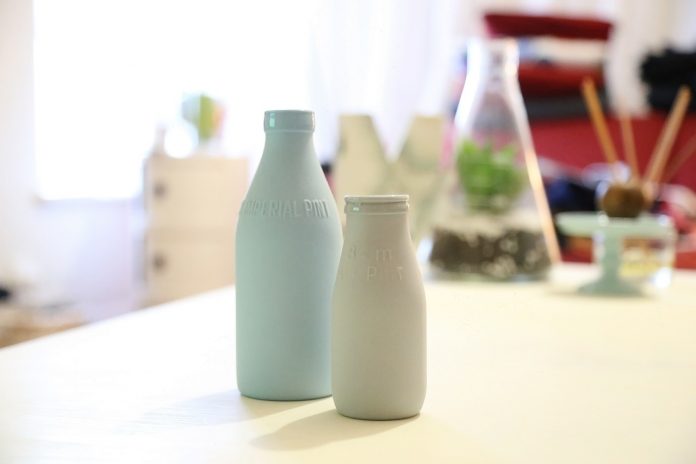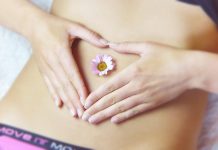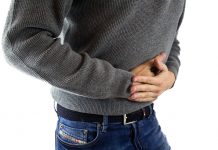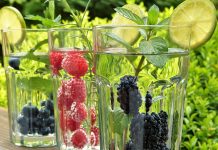
I am a 58-year-old female who is a bit of a challenge, I have been diagnosed with acid reflux, IBS, lactose intolerant, and diverticulosis (the less severe one). What can I eat, NOT what I cannot eat? Any suggestions? My life is miserable. One thing or another causes problems. Your help would be appreciated!
First I would ask your doctor to test you for celiac disease which involves a blood test and if positive for antigens (antibodies formed to fight proteins your body doesn’t tolerate), then a biopsy of your small intestine. In the meantime, do not start a gluten-free diet. You would need to be eating gluten for any testing to be conclusive.
Also, I would highly recommend you ask your doctor for a referral to a dietitian who can read your medical chart. S/he can then look at your test results and recommend a detailed eating plan for you. In the meantime, you can read below on what foods affect your diagnoses. So I will explain those first and then list what you should be able to tolerate.
Some of your diagnoses are similar like IBS, diverticulosis and lactose intolerance which affect your intestines while acid reflux affects your esophagus. Acid reflux sends stomach acid mixed with food in your stomach back up your esophagus. Let me start with the similar diagnoses. In order to understand your diagnoses, you need to understand foods that trigger symptoms.
With IBS (irritable bowel syndrome), you need a moderate amount of fiber, not high fiber foods. There are 2 types of fiber – insoluble and soluble. Insoluble fiber is high in whole cereal grains including bran which absorbs water from your intestines, as well as fluids you drink, to help clean out your bowels. I would suggest not eating an excess of insoluble fiber foods as it increases stool size. Make sure you drink enough water so that your urine is light yellow during waking hours assuming you have normal kidney function. Asparagus can cause an odor in your urine within 15 minutes of eating. Soluble fiber is found in oatmeal, fruit, and dried beans which helps increase the water in stool in your intestines resulting in a softer stool. The Recommended Dietary Allowance (RDA) for fiber is 25 grams for adult females.
There may be trigger foods that cause IBS symptoms of abdominal pain, cramping, bloating, gas and alternating diarrhea or constipation. Caffeinated beverages like coffee, tea and caffeinated drinks (Coke, Pepsi, Jolt, Mountain Dew, Dr Pepper, Mr Pibb, Mellow Yellow, Big Red, Aspen, Kick, etc.) would not be recommended. Gas-producing foods will contribute to your symptoms and should be eliminated. Gassy vegetables like cabbage, cauliflower, Brussel sprouts, and cauliflower, as well as dried beans or peas, will produce more gas in your intestines. Carbonated beverages including beer would not be recommended. Also, talking while eating or eating fast can increase the amount of air you swallow while eating. Slow down eating and drinking liquids at meals so that a meal should take about 20 minutes.
While a high fiber eating plan is usually recommended for diverticulosis (no symptoms caused by diverticuli), you should aim for a moderate amount of fiber as suggested above. Small seeds in berries (blueberries, raspberries, strawberries, blackberries, cranberries, etc.) should be avoided as they can get stuck in the diverticuli pockets in your intestines. Some people with diverticuli do not tolerate peanuts and tree nuts. When food gets trapped in diverticuli pockets, it can cause an irritation resulting in diverticulitis (inflammation of diverticuli) which may require hospitalization.
Lactose intolerance has similar symptoms to IBS and even diverticulosis but is caused by your body’s lack of lactase enzyme to break down the lactose (milk sugar) in dairy products like milk, cheese, yogurt, ice cream, etc. Most people have a varying tolerance from none to small amounts of dairy products. Due to your IBS symptoms, you may not be able to differentiate between IBS and lactose symptoms so I would recommend you avoid all dairy products until you have had a chance to discuss with your dietitian. Many people with lactose intolerance can drink Lactaid milk or take Lactaid pills when eating dairy. I would not recommend this practice either until you talk to your dietitian.
Acid reflux is caused by a weakening of the valve at the top of the stomach which keeps the stomach contents (swallowed food mixed with hydrochloric acid secreted into your stomach) contained in your stomach. When this valve weakens, food mixed with hydrochloric acid splashes or regurgitates up your esophagus causing a burning, bitter taste at the back of your throat. While your stomach has a thick mucus lining to protect itself from hydrochloric acid, your esophagus has a thin mucus lining which is why your throat feels the burn from the reflux of stomach acid. You can reduce acid reflux symptoms by eating 6 smaller meals and drinking liquids between meals. For instance, you can eat small portions of meats, starches, and veggies at meals with fruits and grains between meals. Drink liquids 2 hours after a meal as your stomach should have emptied into your small intestine by then.
Overall, you should tolerate meat, poultry, fish, eggs (none fried), brown rice, pasta, potatoes, most veggies other than gassy ones, most fruit other than berries with edible seeds, whole grains other than too much bran, and healthy oils (olive and peanut). As I suggested above, no dairy products.
Remember to make an appointment to see a dietitian to get nutrition therapy that combines all your diagnoses into one nutrition therapy.


